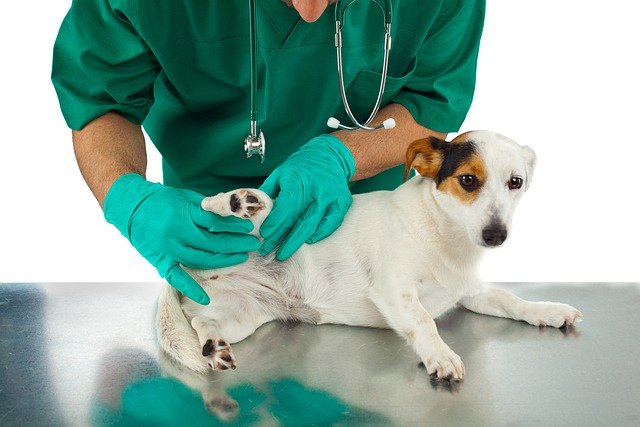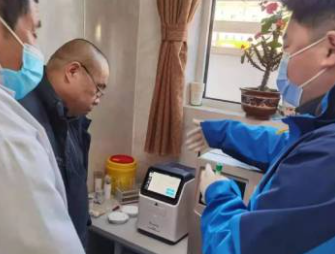release time:2022-08-24 17:10:11
Biochemical testing refers to the determination of the normal function of systems and organs by the levels of enzymes, proteins, lipids and other metabolites in the pet's blood. Pets usually need biochemical testing in the following situations.


2022-04-14
When visiting a hospital whether for hospitalization, physical examination or to see a doctor for medication, many doctors will order a blood biochemical test. So what can this blood biochemistry test reveal about the disease?

2022-03-22
ALT and AST are mainly found in the liver within the hepatocytes. They reflect the state of liver function in the body and are elevated when liver cells become necrotic. T

2021-08-04
SD1 is a fully automatic biochemical analyzer successfully developed on the basis of Seamaty series products for medical and health diagnosis and precise reference laboratory experimental results.